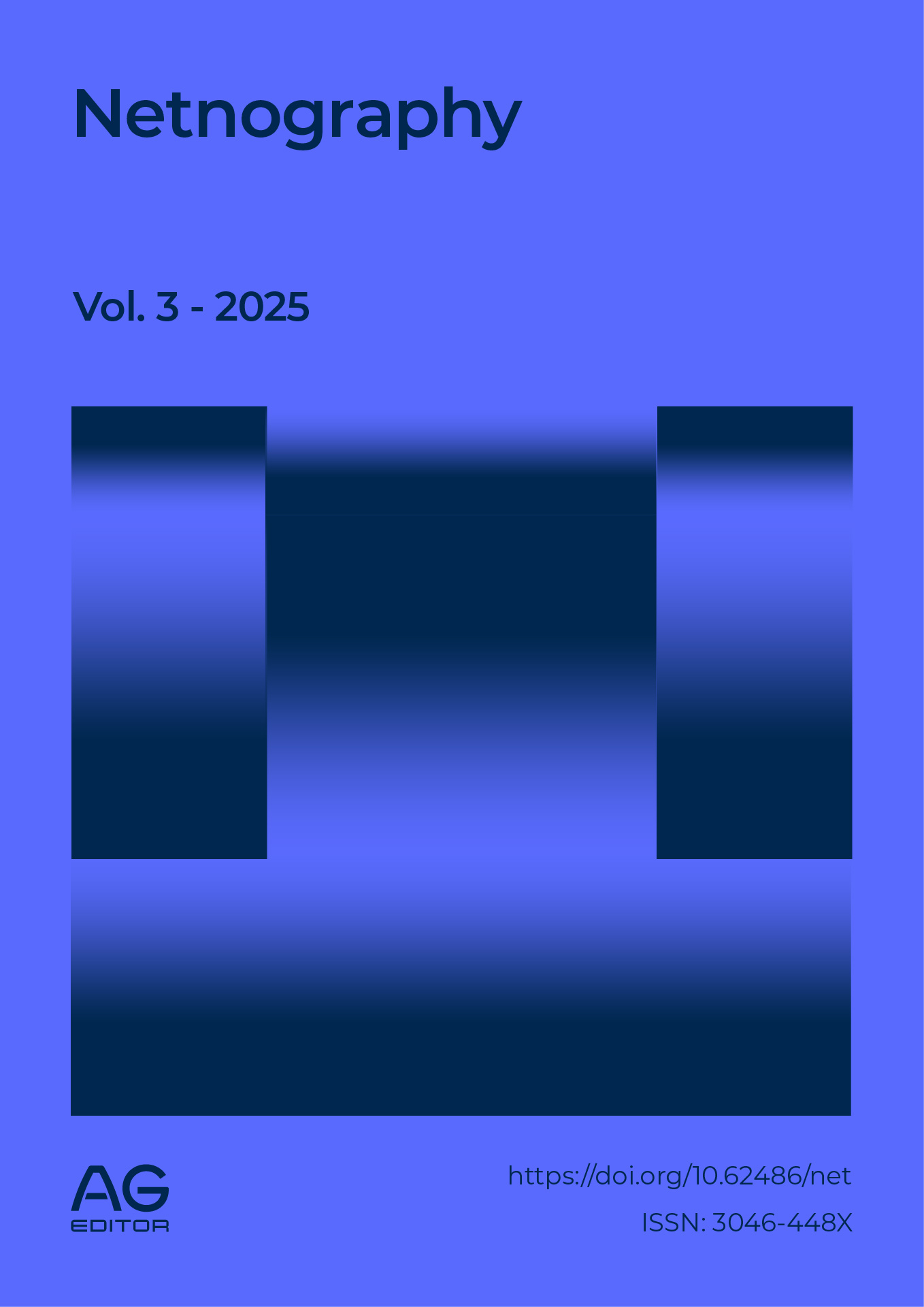Analysis of the aestheticization of presidential candidate Javier Milei on TikTok during the 2023 election campaign in Argentina
DOI:
https://doi.org/10.62486/net2025188Keywords:
aestheticization, political communication, TikTok, Argentina, MileiAbstract
This research describes the aestheticization of political communication by then-presidential candidate Javier Milei on the digital social network TikTok during the August–November period of the 2023 election campaign in Argentina. The study adopts a qualitative and descriptive approach from an aesthetic perspective to address the phenomenon. Through a comparative analysis of the aesthetic resources used in the content of the official account @javiermileii and the most influential support account, among the many linked to the candidate, @elpelucamilei, to understand how the aesthetic elements expressed in the audiovisual discourse contributed to the consolidation of his political image. Documentary literature review and unstructured interview techniques, as well as historical-logical, analytical-synthetic, comparative, and dialectical methods, complete the methodological structure of this study. The results reflect the strategic use of aestheticization and personalization in the communication of then-candidate Javier Milei, allowing him to effectively channel popular frustration and anger in an Argentina characterized by multiple crises. The constant break with the codes of the Argentine political establishment, young voters as the target audience, and the sensitive mobilization of his content are some of the characteristics that distinguished the libertarian, whose electoral victory joins those of Donald Trump in the United States and Jair Bolsonaro in Brazil, in a trend toward conservative and radical positions in the hemisphere that requires urgent and comprehensive analysis.
Published
Issue
Section
License
Copyright (c) 2025 María Karla Acosta Toledo, Roxana Romero Rodríguez, Ernesto Teuma Taureaux (Author)

This work is licensed under a Creative Commons Attribution 4.0 International License.
The article is distributed under the Creative Commons Attribution 4.0 License. Unless otherwise stated, associated published material is distributed under the same licence.




